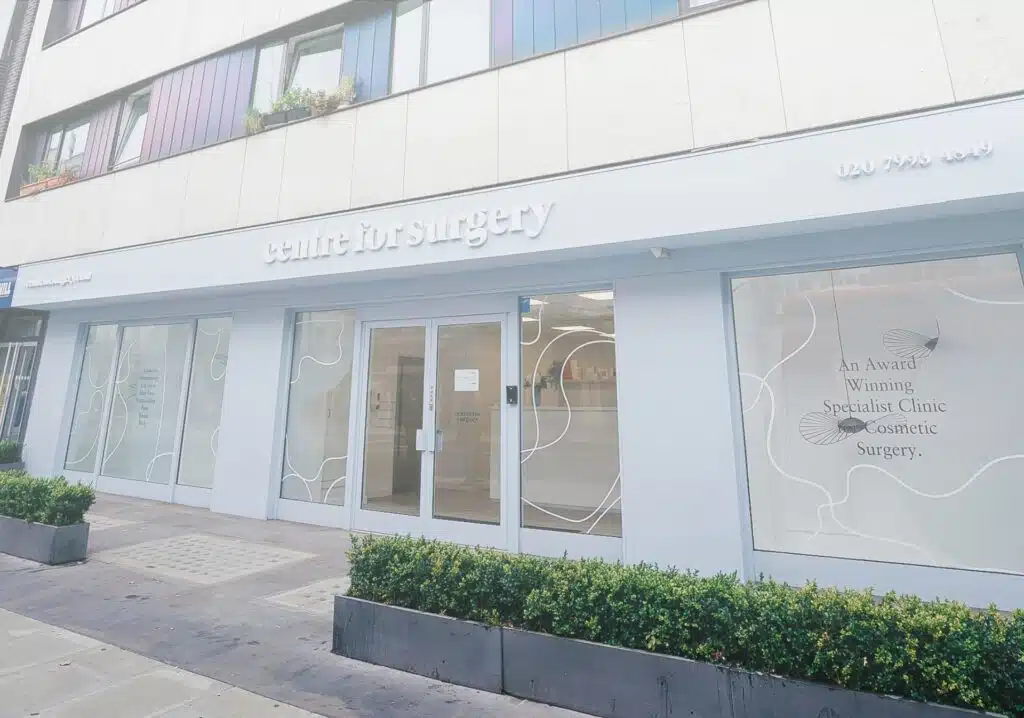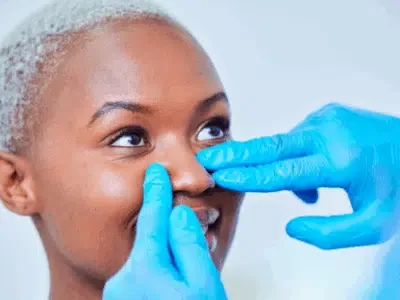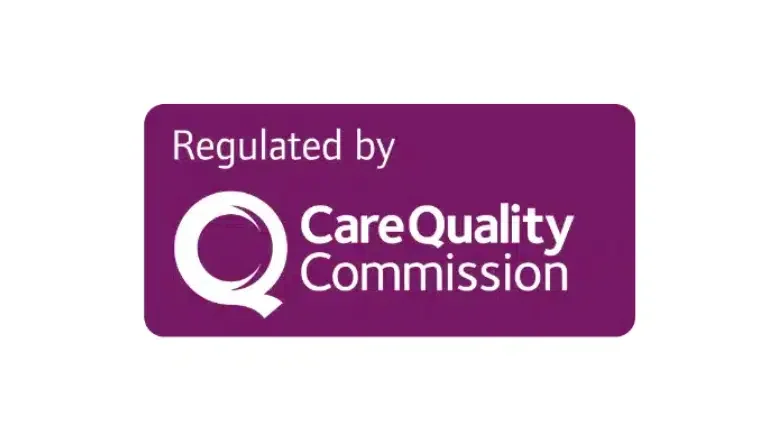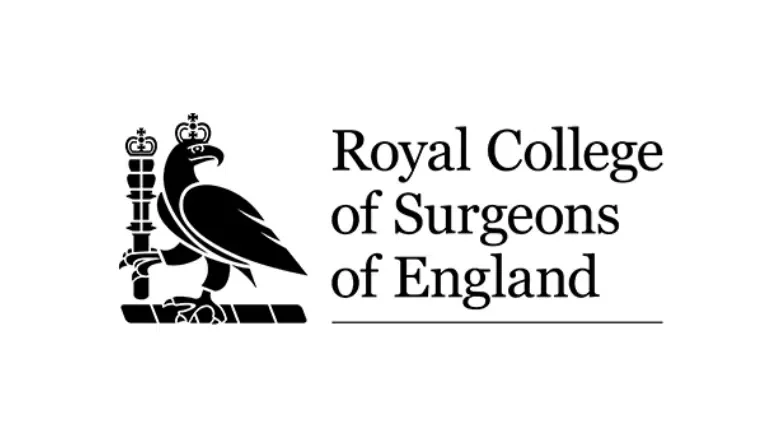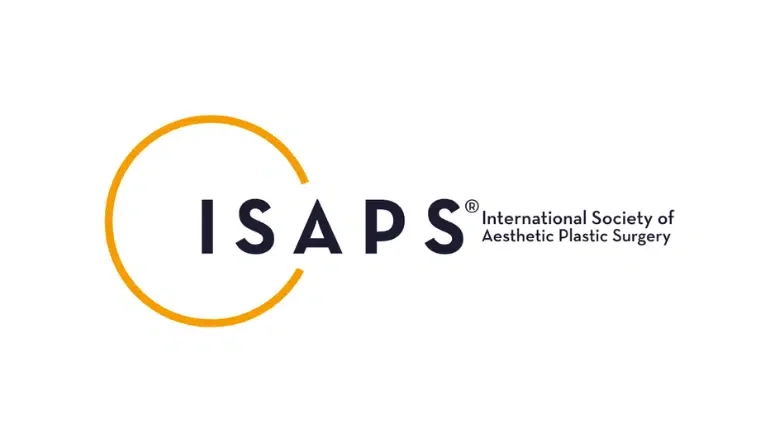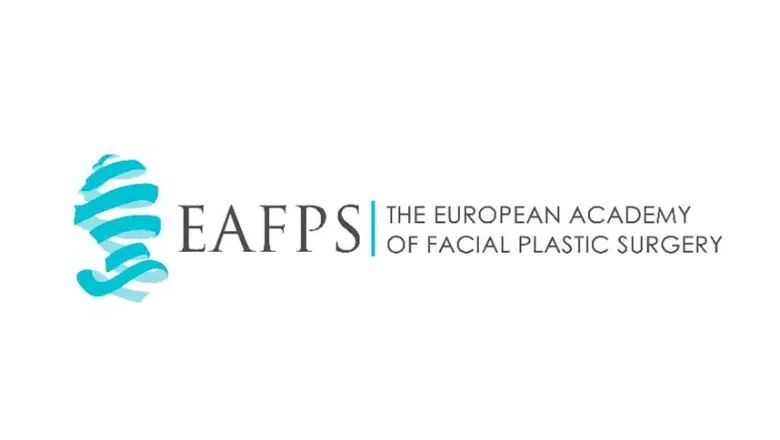Rhinoplasty can help to improve the size and shape of the nose for those of us who may not have been born with the ideal nose. Understandably, we place great emphasis on choosing the right nose surgeon and are keen to ensure the results are as good as possible, but they may not be familiar with what happens after surgery.
RELATED: Nose Surgery FAQs – Q&As about Rhinoplasty
Following your surgeons, postoperative care instructions are vital to getting the best outcome and minimising the risk of complications occurring. Bruising and swelling are very common side effects observed after rhinoplasty. It is normal and expected to have bruising and swelling after a nose job. The amount of swelling and bruising after a rhinoplasty depends on several factors, including the extent of surgical correction and how closely you follow your surgeon’s postoperative instructions, as well as how you heal after surgery.
If you are concerned about swelling and bruising after surgery, here we answer your most commonly asked questions. It is important to bear in mind that bruising and swelling after nose surgery is a normal part of the recovery process, despite these side effects being uncomfortable and visible. Centre for Surgery in London is a specialist cosmetic surgery clinic and is home to some of the best rhinoplasty surgeons in the UK.
RELATED: Key Facts And Myths About Rhinoplasty Surgery
What to Expect with Swelling and Bruising after Rhinoplasty
Swelling and bruising are common after rhinoplasty, or nose surgery, and are a natural part of the healing process. Here’s what to expect with swelling and bruising after rhinoplasty:
Swelling:
Swelling is a normal part of the healing process after rhinoplasty and can take several weeks to subside. Immediately after surgery, you can expect significant swelling around the nose and eyes, which may make your nose appear larger than it actually is. This swelling will gradually improve over the first few days after surgery but can persist for several weeks. You can help reduce swelling by applying ice packs to your nose, keeping your head elevated, and avoiding any activities that could raise your blood pressure.
Bruising:
Bruising is also common after rhinoplasty and can occur around the eyes, cheeks, and nose. The amount of bruising can vary depending on the individual and the extent of the surgery. Bruising typically reaches its peak within 2-3 days after surgery and then gradually improves over the next week to 10 days. You can help reduce bruising by applying ice packs to the affected areas and avoiding any activities that could cause additional trauma to the face.
It’s important to keep in mind that swelling and bruising can vary depending on the individual and the extent of the surgery. In general, the majority of swelling and bruising will improve within the first few weeks after surgery, but it can take several months for the final results of the surgery to be visible. Following your surgeon’s specific instructions for postoperative care can help promote healing and reduce the risk of complications.
RELATED: How to make your nose smaller
What are the stages of healing after rhinoplasty
The healing process after rhinoplasty, or nose surgery, can be divided into several stages, each with its own characteristics and time frame. Here are the stages of healing after rhinoplasty in more detail:
- The immediate postoperative period (days 1-7) The first stage of healing after rhinoplasty is the immediate postoperative period, which lasts for the first few days after surgery. During this time, you will experience significant swelling, bruising, and discomfort around your nose and eyes. Your surgeon may prescribe pain medication to manage any discomfort, and you will likely have a nasal splint and/or packing inside your nose to support the healing process. It’s important to rest and avoid any activities that could raise your blood pressure or cause additional trauma to the face during this stage.
- The early healing period (weeks 1-2) The second stage of healing after rhinoplasty is the early healing period, which lasts for the first few weeks after surgery. During this time, swelling and bruising will begin to subside, and you may start to see some initial results from the surgery. Your surgeon may remove any nasal splints or packing, and you will be advised on how to care for your nose and promote healing.
- The mid-healing period (weeks 3-6) The third stage of healing after rhinoplasty is the mid-healing period, which lasts for several weeks after surgery. During this time, swelling and bruising will continue to improve, and you will start to see more significant changes in the appearance of your nose. Your surgeon may advise you to begin light exercise and other activities, but you should still avoid any activities that could put stress on your nose or interfere with healing.
- The late healing period (months 3-6+) The fourth and final stage of healing after rhinoplasty is the late healing period, which can last for several months or more. During this time, the remaining swelling will gradually subside, and the final results of the surgery will become more apparent. Your surgeon will continue to monitor your progress and advise you on any further care or maintenance that may be necessary.
It’s important to keep in mind that the timing and characteristics of each stage of healing can vary depending on the individual and the extent of the surgery. It’s also important to follow your surgeon’s specific instructions for postoperative care and to be patient during the healing process. With time and proper care, you can achieve the best possible results from your rhinoplasty surgery.
Recovery after a Nose Job
- Immediately after surgery, you may experience some pain, swelling, and bruising around the nose and eyes.
- You will likely need to wear a nasal splint or cast for about a week after surgery to protect the nose and help it maintain its new shape.
- You should avoid strenuous physical activity and exercise for at least two weeks after surgery, as this can increase swelling and delay healing.
- It’s important to keep your head elevated and avoid sleeping on your stomach or side for at least the first week after surgery to help reduce swelling.
- Your surgeon will likely prescribe pain medication and/or antibiotics to help manage any discomfort or prevent infection.
- You may need to avoid wearing glasses or sunglasses that rest on the bridge of the nose for several weeks after surgery.
- You should avoid blowing your nose for at least a week after surgery to allow the nasal tissues to heal.
- The majority of the swelling and bruising will likely subside within the first 2-4 weeks, but some residual swelling may persist for several months.
- The final result of a nose job may not be fully apparent until up to a year or more after the surgery.
- Follow-up appointments with your surgeon will be necessary to monitor your healing and ensure the best possible outcome.
How Much Bruising and Swelling is Normal after a Nose Job?
Some degree of bruising and swelling is normal after a nose job, or rhinoplasty. The amount and duration of bruising and swelling can vary depending on the individual and the extent of the surgery. Here’s what to expect:
Bruising: Bruising can occur around the eyes, cheeks, and nose after rhinoplasty. The amount of bruising can vary, but it is generally worst during the first few days after surgery and gradually improves over the next week to 10 days. By the second week after surgery, most patients see a significant improvement in bruising, and it is typically completely gone by the third week.
Swelling: Swelling is also common after rhinoplasty and can take several weeks to subside. Immediately after surgery, you can expect significant swelling around the nose and eyes, which may make your nose appear larger than it actually is. This swelling will gradually improve over the first few days after surgery but can persist for several weeks. By the second week after surgery, most patients see a significant improvement in swelling, but it can take several months for the final results of the surgery to be visible.
It’s important to keep in mind that the amount and duration of bruising and swelling can vary depending on the individual and the extent of the surgery. Following your surgeon’s specific instructions for postoperative care can help promote healing and reduce the risk of complications. If you have concerns about the amount of bruising or swelling you are experiencing after surgery, be sure to follow up with your surgeon for guidance and support.
In summary, some degree of bruising and swelling is normal after a nose job, but the amount and duration can vary depending on the individual and the extent of the surgery. Bruising is typically worst during the first few days after surgery and improves over the next week to 10 days. Swelling can persist for several weeks or months, and the final results of the surgery may not be visible for several months after surgery.
RELATED: Is rhinoplasty worth it?
Top tips on how to reduce bruising and swelling after rhinoplasty
Reducing bruising and swelling after rhinoplasty can help promote healing and speed up the recovery process. Here are some tips to help reduce bruising and swelling after rhinoplasty:
- Keep your head elevated: It’s important to keep your head elevated above your heart for the first few days after surgery. This helps reduce swelling by preventing fluids from pooling around your nose and eyes. Use pillows or a recliner to prop your head up during sleep and rest.
- Apply cold compresses: Cold compresses can help reduce swelling and inflammation. Apply ice packs or a bag of frozen peas wrapped in a towel to the affected areas for 10-15 minutes at a time, several times a day. Be sure to take breaks in between to prevent skin damage.
- Avoid heat and sun exposure: Heat can increase swelling and prolong the healing process, so it’s important to avoid heat exposure as much as possible. Avoid hot showers or baths, saunas, and steam rooms for the first few weeks after surgery. Additionally, it’s important to avoid direct sunlight and wear sunscreen or protective clothing when outside.
- Stay hydrated: Drinking plenty of fluids can help reduce swelling by flushing out excess fluids and toxins from your body. Be sure to drink water, herbal tea, and other non-caffeinated fluids regularly throughout the day.
- Follow a healthy diet: A diet rich in fruits, vegetables, and lean protein can help promote healing and reduce inflammation. Avoid salty, processed, and fried foods, which can contribute to swelling and water retention.
- Avoid strenuous activities: Strenuous activities can increase blood pressure and prolong the healing process. Avoid exercise, heavy lifting, and other strenuous activities for at least two weeks after surgery, or as advised by your surgeon.
When can I return to work after nose surgery?
During the first week after surgery, you will likely experience significant swelling, bruising, and discomfort around your nose and eyes, and you may have a nasal splint or bandages on your nose. It’s important to rest and avoid any activities that could raise your blood pressure or cause additional trauma to the face during this time.
By the second week after surgery, most patients see a significant improvement in swelling and bruising, and you may be able to return to work at this time. However, it’s important to follow your surgeon’s specific instructions for postoperative care and to avoid any strenuous activities or heavy lifting for at least two weeks after surgery.
If your job involves strenuous activity or heavy lifting, you may need to take additional time off from work or modify your work duties until you have fully recovered. You should also avoid wearing glasses or any other items that could put pressure on your nose during the healing process.
Swelling and Bruising after Rhinoplasty FAQs
How much swelling is normal after rhinoplasty?
My nose tip is swelling up. Is it normal?
Some degree of swelling is normal after rhinoplasty, including swelling of the nose tip. The amount and duration of swelling can vary depending on the individual and the extent of the surgery. It’s important to follow your surgeon’s specific instructions for postoperative care and to be patient during the healing process. However, if you have concerns or experience excessive swelling, be sure to follow up with your surgeon for guidance and support.
Can I ruin my rhinoplasty results?
It is possible to compromise the results of your rhinoplasty if you do not follow your surgeon’s postoperative instructions or engage in activities that could put undue stress on your nose during the healing process. It’s important to follow your surgeon’s specific instructions for postoperative care and to be patient during the healing process.
What are the chances of needing a revision rhinoplasty?
Book a consultation at Centre for Surgery to learn more about rhinoplasty
